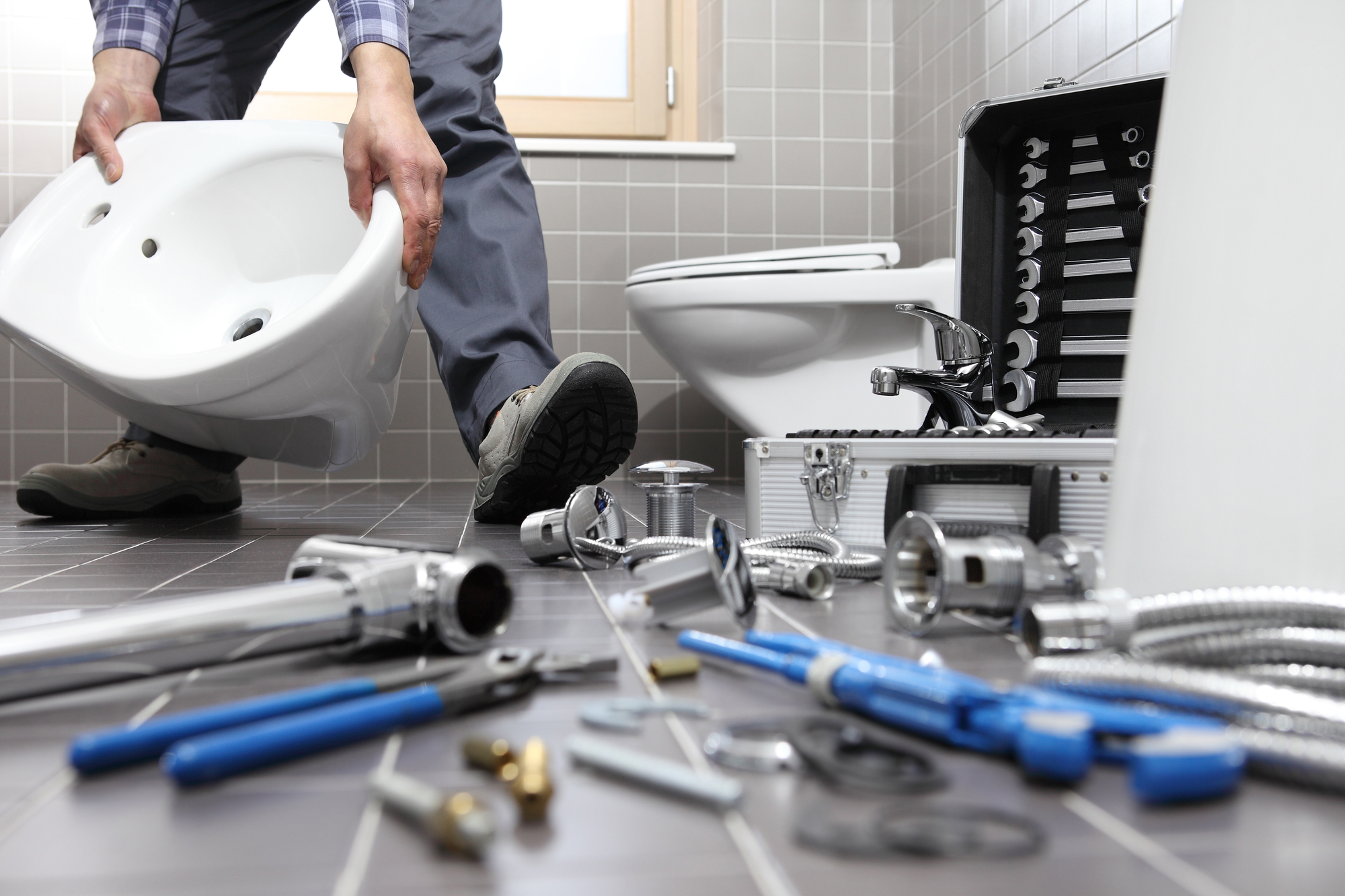As a homeowner or a business owner, you rely on your plumbing system to function properly. But what happens when your toilet suddenly won’t flush? More often than not, the culprit is a faulty flapper.
What is a flapper?
Simply put, a flapper is a rubber valve that controls the flow of water from the toilet tank into the bowl. When you flush your toilet, the flapper lifts up and allows the water to flow into the bowl. Once the bowl is filled, the flapper drops back into place, sealing off the tank and stopping the flow of water.
How does a faulty flapper affect your plumbing system?
A faulty flapper can cause a number of problems in your plumbing system:
1. Water waste: If your flapper doesn’t seal properly, water can leak from the tank into the bowl. This can lead to a constantly running toilet, which can waste a significant amount of water over time.

2. Higher water bills: A constantly running toilet can also cause your water bill to skyrocket. The longer it runs, the more water it wastes.
3. Low water level: A faulty flapper can also cause the water level in your toilet bowl to drop, which can result in a weaker flush and can lead to clogging.
4. Damage to your plumbing system: If your toilet is constantly running due to a faulty flapper, the constant flow of water can damage your plumbing system over time.
How do you know if you have a faulty flapper?
There are a few telltale signs that you may have a faulty flapper:
1. Your toilet constantly runs: If you hear your toilet running long after you’ve flushed it, there’s a good chance that your flapper is faulty.

2. Weak flush: If your toilet bowl doesn’t fill up to its usual level after you’ve flushed, your flapper may not be sealing properly.
3. Visible damage: If you notice visible cracks or wear on your flapper, it may be time to replace it.
How to fix a faulty flapper
Fixing a faulty flapper is a relatively simple process:
1. Turn off the water supply: Locate the water valve behind your toilet and turn it off.
2. Drain the tank: Flush your toilet to drain the tank.
3. Remove the old flapper: Disconnect the chain that connects the flapper to the flush lever, and then remove the flapper from the flush valve.
4. Install the new flapper: Install the new flapper onto the flush valve and reconnect the chain to the flush lever.
5. Turn the water supply back on: Turn on the water supply and allow the tank to fill up. Once the tank is full, flush the toilet to ensure that the new flapper is working properly.
Conclusion
A faulty flapper may seem like a small problem, but it can have a big impact on your plumbing system and your wallet. If you suspect that your flapper is faulty, don’t hesitate to replace it. Not only will it save you money on your water bill, it will also help to prevent more serious plumbing problems down the line. And remember, if you need any help with your plumbing system, be sure to visit our website at aceplumbingrepair.com or give us a call at (844) 711-1590. Our plumbing experts are here to help.






